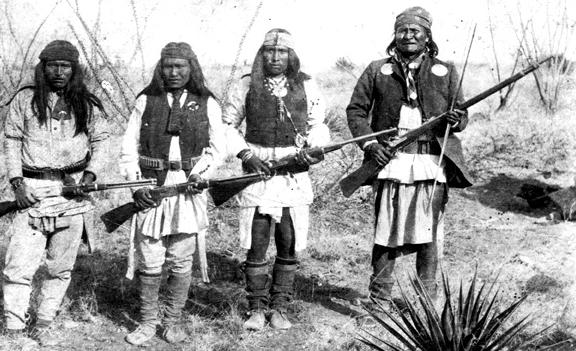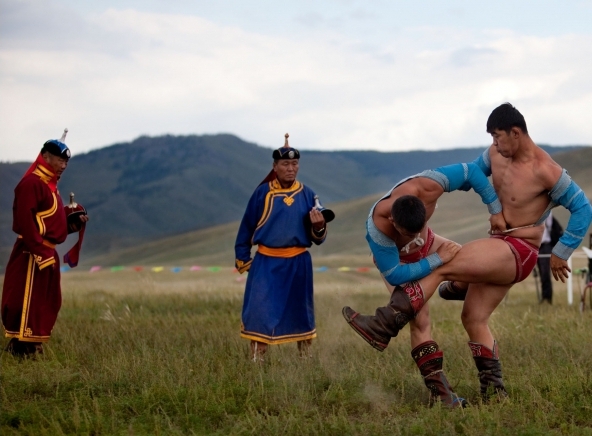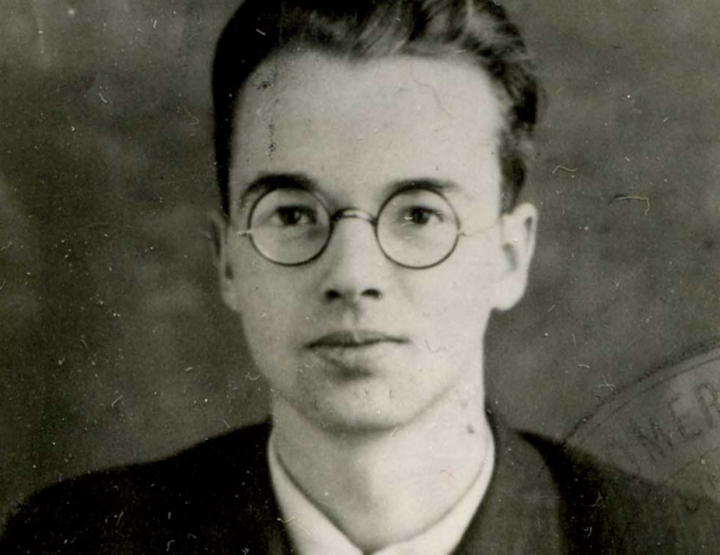By the end of the 19th century, it seemed as though the fate of the native Americans was sealed. Europeans had spread themselves throughout the whole continent, destroying nature, hunting fauna, and building whole cities and railways on their homes.
The “elegant poachers” had already endured many fights, but the white man still kept at them, causing them to retreat further and further. Modern weapons and calculating warfare ensured their victory, and smallpox worsened the situation further.
Goklayeh, better known as Geronimo, was one of the very last chiefs of the Natives to actively fight for his people. He lost his parents at the tender age of 8 – white scalp hunters had attacked the Apache people at a festive gathering in 1837, beheading the dead and cashing in their heads for blood money. This experience had a huge influence on the future shaman and chief. In 1858, Mexican soldiers killed his foster mom, his wife and his three children – and that’s when he declared war on the occupiers of his land.
He colluded with other Indian tribes, attacking the cities of the white men. Many soldiers lost their lives during these attacks, but nevertheless the Apache Indians as well as those from the other tribes continued to follow and trust him. They valued his word highly because he was charismatic, a skilled warrior and a reputed shaman. According to many myths, Geronimo was able to influence his opponents, deflect bullets and affect sunrise.
In 1886, he and his remaining 36 warriors surrendered, but not before evading the grasp of over 1000 American soldiers, 5000 Mexican soldiers and their allied scouts from other Indian tribes, all of who were unable to catch him.
Despite the ongoing peace talks, he was thrown into military prison and died of a lung infection in 1909. Before his death, he dictated his life story to a white writer, and these records have remained sealed for a very long time. Even today, nobody knows if the published works tell the full story, or if certain parts have been censored.
More Info: de.wikipedia.org





